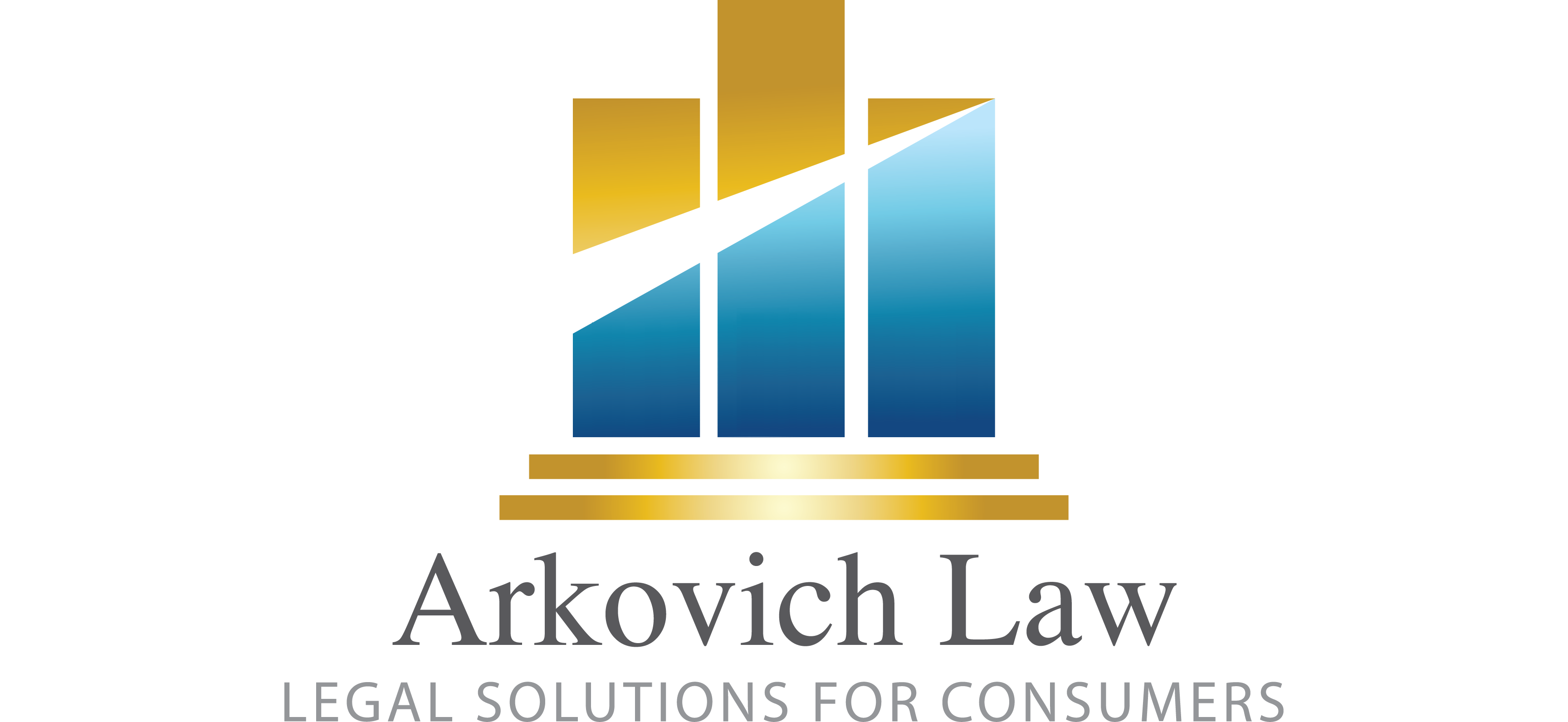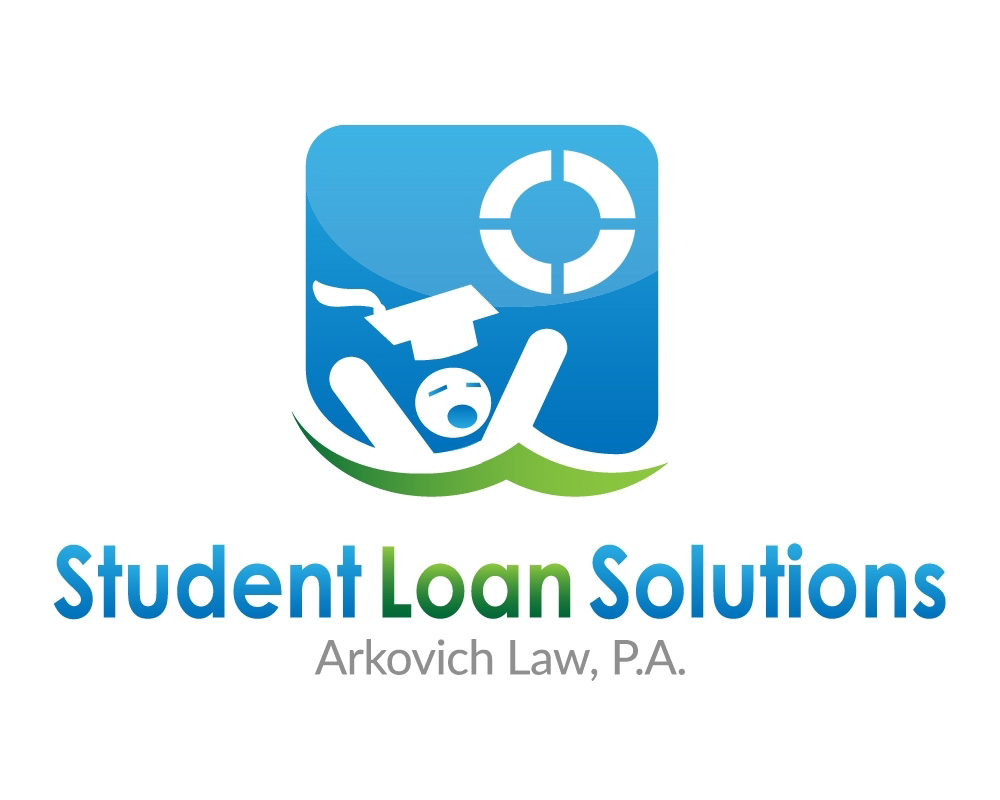 Basically, a Rule 2004 exam is just like any other deposition. In every bankruptcy case, a 341 creditors meeting is set approximately five weeks after a bankruptcy petition is filed. A 341 examination is usually short (about 15 minutes on average) and viewed as the only opportunity for a creditor, trustee or other interested person to ask questions of debtor under oath. Rather than the “only” opportunity to test the debtor on the merits of his or her case, a 341 meeting is actually only the “first” opportunity to ask a debtor questions about their financial history or other relevant matter. A much lesser used option exists to get a debtor under oath – the Rule 2004 Exam.
Basically, a Rule 2004 exam is just like any other deposition. In every bankruptcy case, a 341 creditors meeting is set approximately five weeks after a bankruptcy petition is filed. A 341 examination is usually short (about 15 minutes on average) and viewed as the only opportunity for a creditor, trustee or other interested person to ask questions of debtor under oath. Rather than the “only” opportunity to test the debtor on the merits of his or her case, a 341 meeting is actually only the “first” opportunity to ask a debtor questions about their financial history or other relevant matter. A much lesser used option exists to get a debtor under oath – the Rule 2004 Exam.
A 2004 exam can cover your pre-filing actions or conduct. Often a debtor’s financial condition and debts are the prime focus of the exam. Many 2004 exams are associated with a possible action to deny a bankruptcy discharge or some other adversarial case. It is more formal and often involves production of documents.
Don’t forget-under § 727(a)(3), a discharge can be denied if the debtor, “failed to keep or preserve any recorded information, including books, documents, records, and papers, from which the debtor’s financial condition or business transactions might be ascertained, unless such act or failure to act was justified under all of the circumstances of the case…”
 Reboot Your Life: Tampa Student Loan and Bankruptcy Attorney Blog
Reboot Your Life: Tampa Student Loan and Bankruptcy Attorney Blog



